Media information
- Category
- Spermathecae sexing (Molts)
- Added by
- WolfSoon
- Date added
- View count
- 847
- Comment count
- 8
- Rating
- 0.00 star(s) 0 ratings
Image metadata
- Device
- Apple iPhone 7
- Aperture
- ƒ/1.8
- Focal length
- 4.0 mm
- Exposure time
- 1/120
- ISO
- 40
- Flash
- Off, did not fire
- Filename
- 35262F8C-AF01-49D5-B321-20042C952CEB.jpeg
- File size
- 322.4 KB
- Date taken
- Mon, 21 January 2019 1:30 PM
- Dimensions
- 1283px x 1302px

![2" Female Psalmopoeus irminia [molt sexing]](/data/xfmg/thumbnail/56/56769-15e068e7b22e6b1c614fb99ea43711f8.jpg?1580406664)
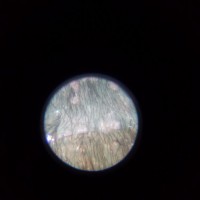
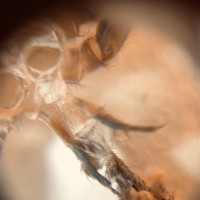
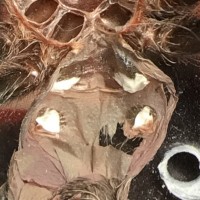
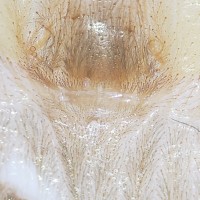
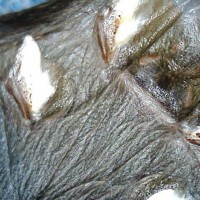
![GBB sex? [2/2]](/data/xfmg/thumbnail/56/56663-142d62a276e86dae57752199df8fa452.jpg?1580406663)